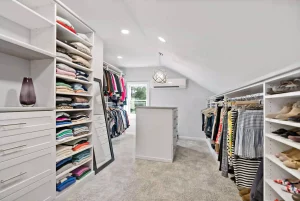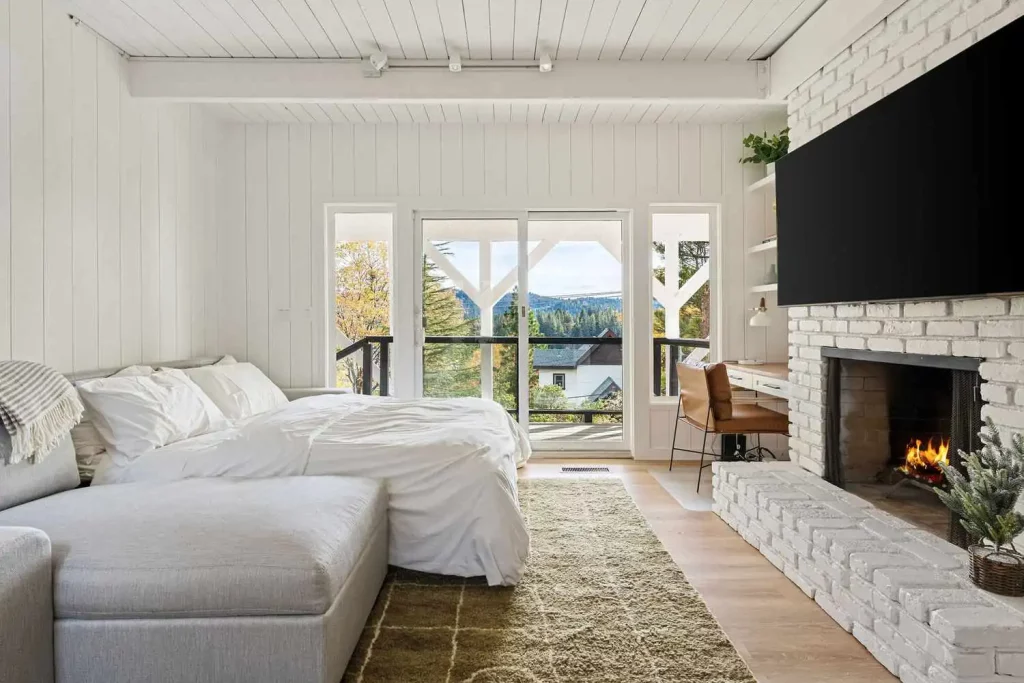In the competitive restaurant industry, small eateries face unique challenges in maximizing their limited spaces. With diners craving distinctive dining experiences, compact restaurants must adapt to stay ahead. By embracing Customized solutions for small spaces, these establishments can turn cramped quarters into bustling culinary hubs. Discover the key to unlocking the potential of even the tiniest restaurant spaces through a blend of design, technology, and operational efficiency.
Key Takeaways
- Customized layout configurations can maximize compact eateries’ potential by enhancing customer experience and streamlining workflow.
- Maximizing vertical storage capacity increases storage, improves accessibility, and enhances visibility, creating organized and efficient operations.
- Flexible layout design strategies can create a dynamic environment, accommodating fluctuating customer volumes and adapting to varied menu offerings.
- Technology integration, such as digital menu boards, can enhance customer experience, optimize inventory management, and maximize revenue per square foot.
- Innovative design solutions prioritize efficiency, comfort, and revenue growth, ensuring long-term success in small restaurant spaces.
Challenges of Small Restaurant Spaces
Operating a small restaurant can be a challenging task, as many restaurateurs struggle to reconcile the limitations of their physical space with the need to accommodate a growing customer base, maximize efficiency, and maintain a welcoming atmosphere. This delicate balance can lead to feelings of frustration and stagnation, making it crucial to identify and address these challenges to guarantee the long-term success of the establishment.
Customized Solutions for Small Spaces
Incorporating bespoke layout configurations, savvy restaurateurs can maximize the full potential of their compact eateries, cleverly allocating every square foot to enhance customer experience, streamline workflow, and boost revenue. Customized solutions for small spaces involve tailoring designs to meet specific needs, such as efficient seating arrangements, space-saving furniture, and clever use of corners, resulting in a harmonious and functional dining environment.
Maximizing Vertical Storage Capacity
By strategically installing shelves, racks, and storage units that ascend to the ceiling, restaurateurs can access the often-underutilized vertical real estate in their compact kitchens and dining areas, thereby creating a more organized, efficient, and profitable operation. This customized solution for small spaces allows for:
- Increased storage capacity: Maximize inventory storage and reduce clutter.
- Improved accessibility: Easily retrieve items with minimal effort.
- Enhanced visibility: Display products and menu items to enhance customer appeal.
This innovative approach optimizes small spaces, streamlining operations and enhancing the overall dining experience.
Flexible Layout Design Strategies
In restaurants where every square foot counts, flexible layout design strategies can be employed to create a dynamic and adaptive environment that accommodates fluctuating customer volumes, varied menu offerings, and shifting operational needs. By incorporating multi-functional furniture, movable partitions, and modular designs, restaurateurs can craft customized solutions for small spaces that enhance efficiency, comfort, and overall dining experience.
Technology Integration for Space Efficiency
From digital menu boards to automated inventory management systems, strategically leveraging technology can optimize small spaces in restaurants, allowing operators to streamline operations and maximize revenue per square foot. By implementing customized solutions for small spaces, restaurants can:
- Enhance customer experience with self-service kiosks and mobile ordering.
- Optimize inventory with automated tracking and real-time monitoring.
- Streamline operations with digital scheduling and task management systems.

Frequently Asked Questions
How Do I Balance Aesthetics With Functionality in a Small Restaurant Space?
Balancing aesthetics with functionality in a small restaurant space requires intentional design choices, such as multi-functional furniture, clever lighting, and thoughtful material selection, to create an inviting atmosphere that also maximizes efficiency and flow.
Are There Any Specific Design Considerations for Restaurants in Historic Buildings?
When designing a restaurant in a historic building, preserve original architectural features, incorporate period-inspired elements, and harmonize modern amenities with vintage charm to create a unique, nostalgia-tinged atmosphere that honors the building’s heritage.
Can I Use Outdoor Spaces to Expand My Restaurant’s Capacity?
Expanding into outdoor spaces can be a fantastic way to increase capacity, but consider factors like weather, noise levels, and accessibility to guarantee a seamless dining experience that complements your indoor atmosphere.
What Are the Benefits of Using Multi-Functional Furniture in Small Restaurants?
Incorporating multi-functional furniture in small restaurants maximizes space efficiency, reduces clutter, and enhances customer experience, allowing for smooth shifts between dining, lounging, and working areas, ultimately increasing revenue and customer satisfaction.
How Often Should I Reassess and Adjust My Small Restaurant’s Layout?
Regularly reassessing your small restaurant’s layout is essential to guarantee efficiency and profitability. Aim to review and adjust your layout every 6-12 months, or whenever you notice changes in customer behavior, menu offerings, or staff workflow.
Conclusion
Optimizing small spaces in restaurants necessitates the implementation of innovative design solutions. By adopting bespoke layout configurations, maximizing vertical storage capacity, and integrating technology, compact eateries can overcome operational challenges and enhance the customer experience. Flexible design strategies facilitate adaptability to fluctuating customer volumes and menu offerings, ultimately contributing to long-term success. By leveraging these approaches, small restaurants can optimize space, boost efficiency, and drive revenue growth.
You May Also Like:


